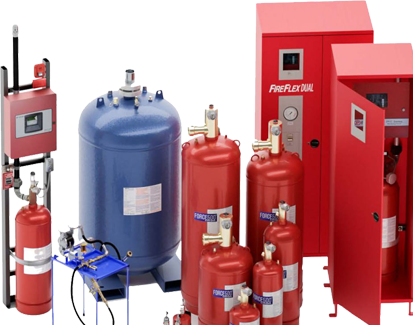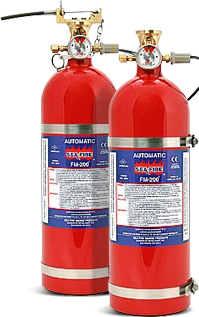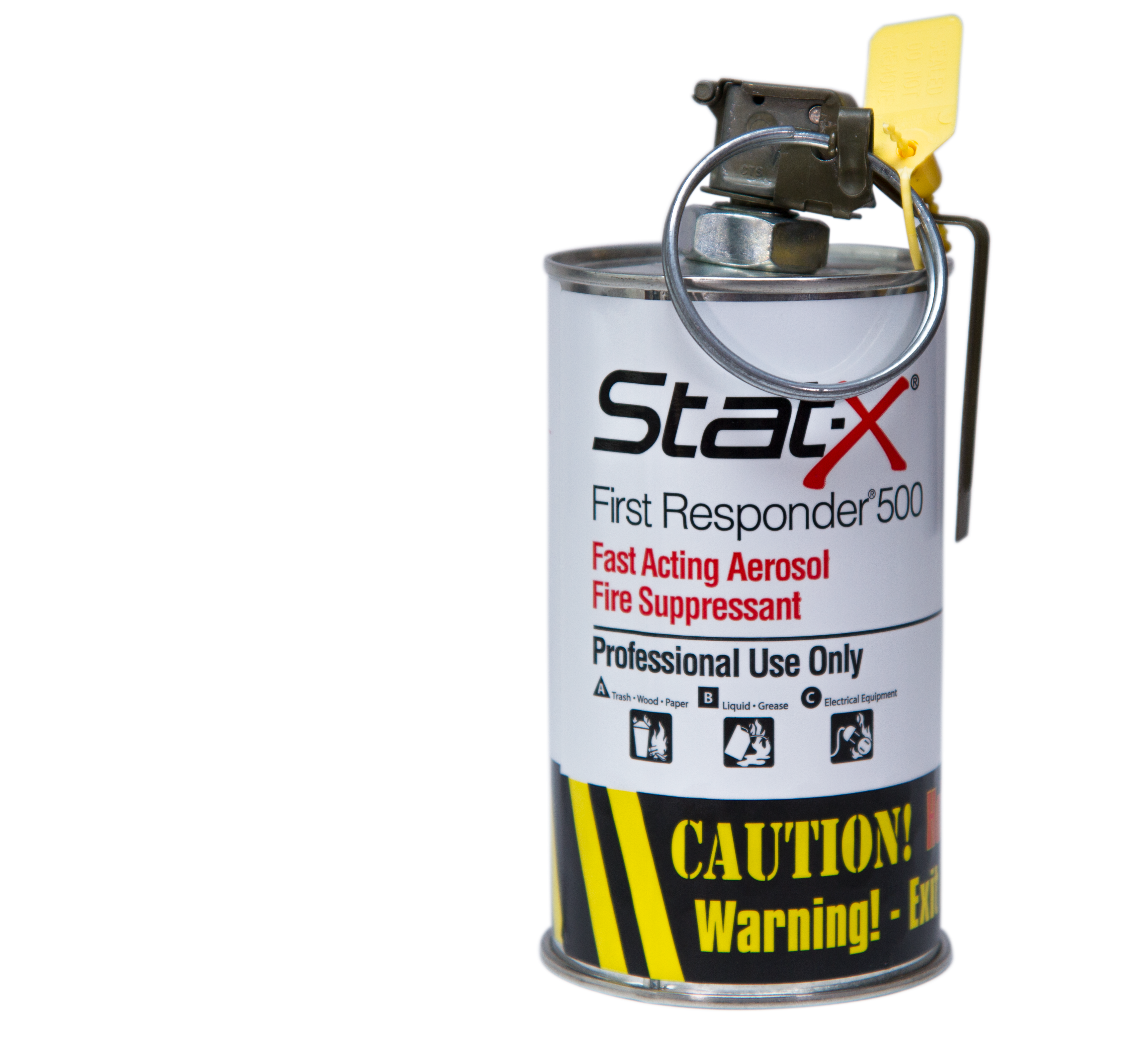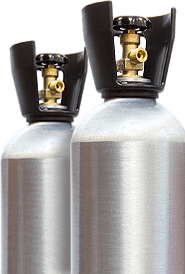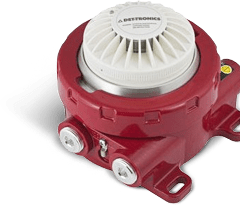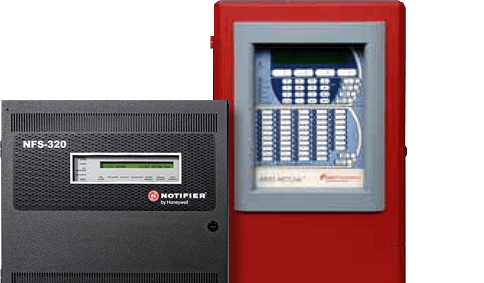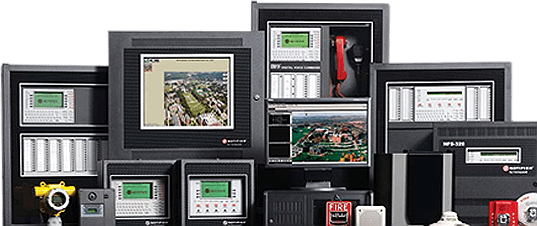Fire Safety for Industrial Facilities: Key Considerations
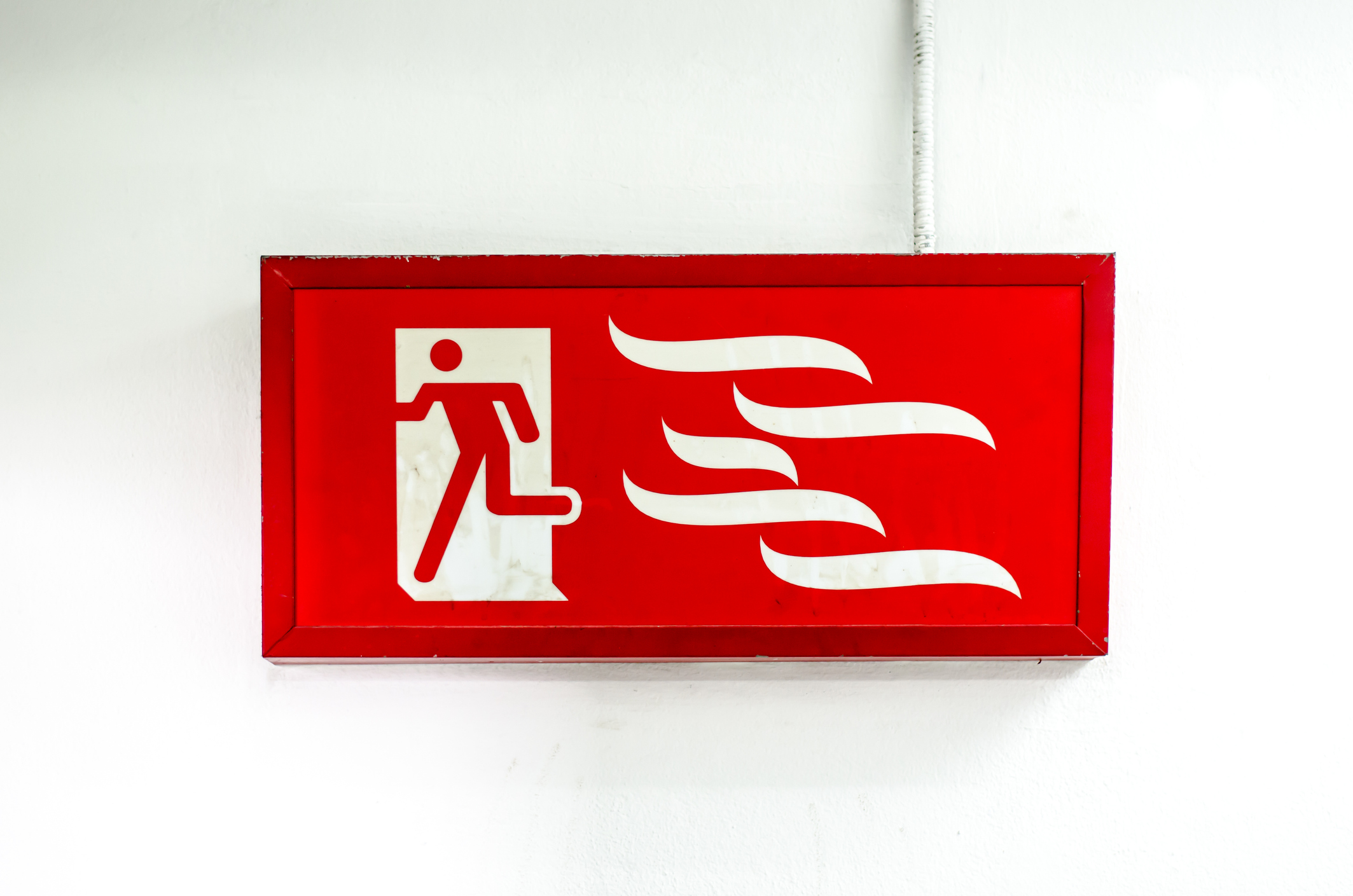
Industrial facilities present a diverse and unique set of challenges for fire safety and life safety planners. The presence of flammable materials, hazardous materials, high voltage power supplies, specialized and expensive machinery and critical processes requires consideration. These challenges call for highly qualified advice and planning to ensure that fire safety in an industrial facility meets the challenges.
Understanding Fire Risks in Industrial Setting
The key to proper fire safety in industrial facilities is a thorough understanding of the hazards and potential problems your facility poses. This often requires knowledge of processes and procedures employed in the facility.
Identifying Flammable Materials
Identifying and locating hazardous materials in your industrial facility may seem like a straightforward process. However, many facility managers, after performing a systematic survey of the property, find it surprising how extensive the presence of hazardous materials is. Many operators overlook such innocuous materials, such as metal shavings, waste oil from production lines, small quantities of chemicals kept away from specified storage locations, and waste handling systems.
Explore further
Electrical and Mechanical Systems
Industrial facilities are like living organisms. They evolve, grow, and change daily. These systems age, which can introduce unsafe and dangerous changes in the facility. A plan of regular inspection, maintenance, replacement, and repair can forestall many of the problems associated with such changes. However, complacency can be the biggest problem with any inspection and maintenance procedures.
Implementing Effective Safety Measures
Creating and encouraging a culture of safety and awareness can help any industrial facility maintain a safe and healthy environment. One effective means of encouraging such a workplace is instituting a well-designed fire safety plan that includes several specific features.
Fire Protection Systems
Automatic fire monitoring and suppression systems are prevalent in most industrial facilities. In unprotected facilities, the expense of adding a comprehensive fire protection system may seem prohibitive. However, a careful examination of the pros and cons of such a plan should make it obvious that adding such a system to an existing industrial facility benefits more than it costs. Having the protection of 24/7 monitoring and response can mitigate damage from fire that would otherwise cripple a business.
Fire Safety Procedures and Training
Some managers and operators may see the cost of implementing employee training in fire safety procedures and training as a cost. Some costs to develop, implement, and train on a fire safety plan. However, in the long run, the increased awareness among employees and the knowledge of proper procedures in response to a fire or other life safety emergency may pay off in ways that are hard to calculate.
Maintaining a Culture of Fire Safety
Encouraging a culture of fire safety in an industrial setting presents some interesting challenges. Pressure to remain profitable, to meet deadlines or quotas, and the requirements of corporate mandates may hinder the development of a safety culture among employees. However, it benefits all involved to work diligently to create such a culture and awareness at all levels.
Housekeeping and Maintenance
Maintaining a healthy and safe environment is a key component of creating a safety culture in an industrial environment. Encouraging employees to keep work areas clean and neat promotes a safe workspace and a sense of pride. A consistent policy on maintenance and upkeep of facilities and machinery also reinforces the culture of safety in the facility. These kinds of policies and procedures make employees aware of the importance of removing debris promptly, using proper safety equipment and procedures, as well as maintaining a vigilant work force who can spot potential problems before they become a safety hazard.
Emergency Preparedness
Accidents will happen. Being properly prepared when accidents occur reduces risk and liability and mitigates the effects of the accident. Preparing and publishing a well-designed fire and life safety plan is a crucial part of being ready. Training employees on proper responses and procedures when an accident occurs must accompany the fire and life safety plan.
People also search
Fire drills and hands on training with fire suppression equipment such as fire extinguishers cannot be emphasized enough. Practicing evacuations can save lives when the need arises. As important as the practice and training is the evaluation and review of this training. Such a review can often spot deficiencies or problems with your life safety plan, making corrections easy.
Preparing for emergencies is an important part of any facility management job and is even more important in industrial facilities. Good management policy encourages a culture of safety and awareness while emphasizing the need to be efficient and profitable. The two challenges are not incompatible.
Control Fire Systems have the resources to help your industrial operation create and implement a comprehensive fire and life safety plan geared to the needs of your operation. Contact Us today to find out more about our services and products for your business.






